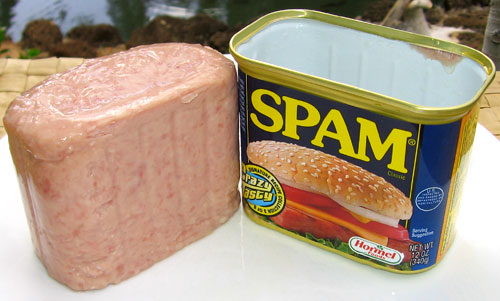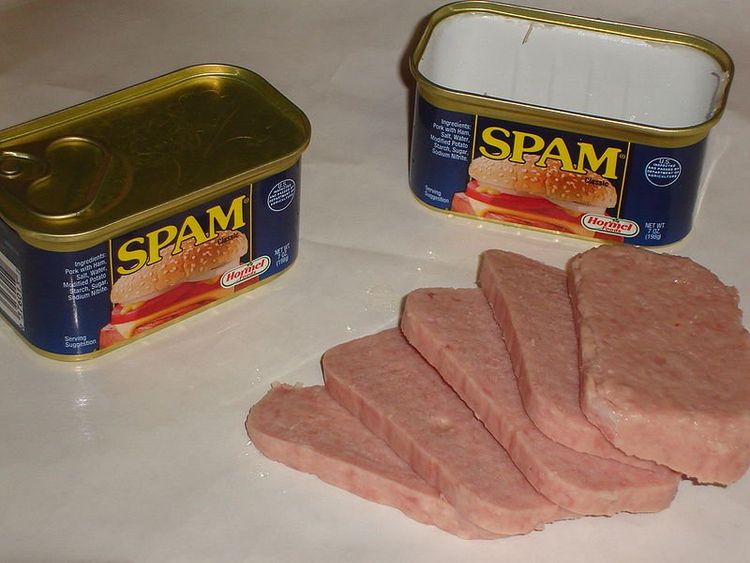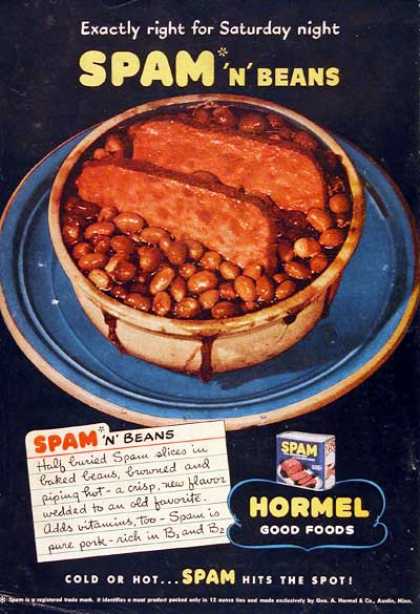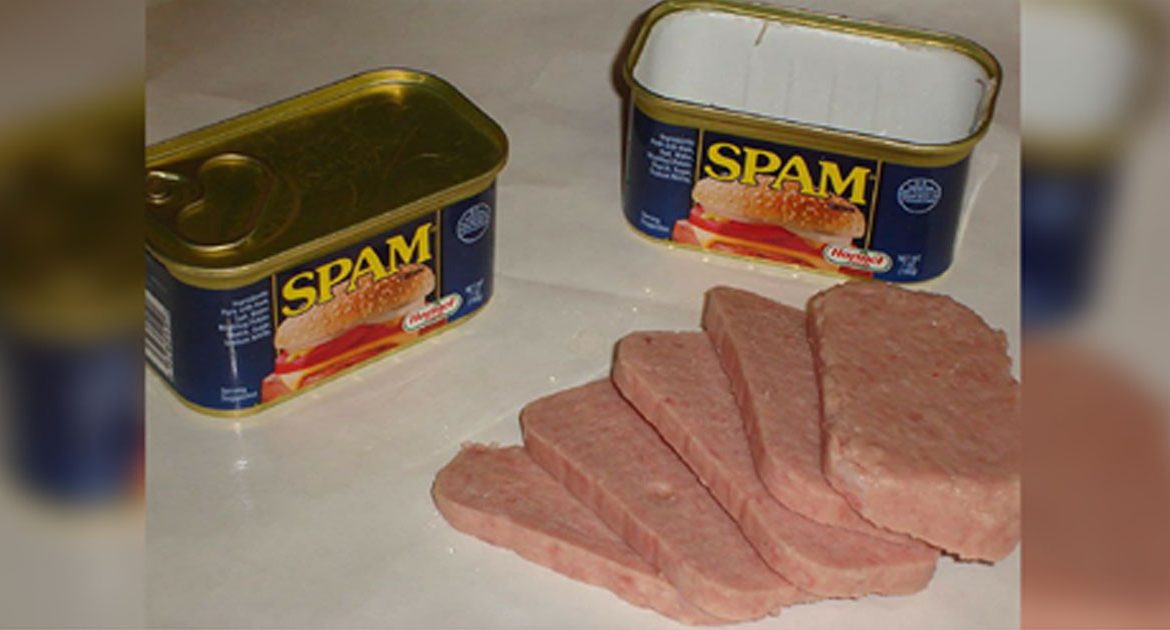Spam may be one of the most interesting items on the supermarket shelves even though it may not seem like it. The canned meat is 80 years old and people everywhere still eat it regularly, even though a lot of them don’t really know what it is.
Over eight billion cans of spam have been sold in the world since it was launched in 1937. It’s celebrating its 80th anniversary this year, so it’s time to finally learn how this product was made.

Hormel Foods Corporation created the meat product as a cheaper alternative to a lot of items on the market. The other thing about Spam that made it so great was that it didn’t require refrigeration. You could keep it in your pantry without it going bad!
The company actually held a contest to find the name of the new invention. The winner of the contest was Kenneth Daineau who won $100 for getting chosen. It is a little controversial that he won, because his brother was Hormel’s vice president at the time, but it’s a good name anyways!

In the 1940s, Hormel had another contest, but this time it was to get fan-submitted recipes that would get turned into a recipe book. Spam’s popularity skyrocketed during WWII. It was cheap and easy to send with soldiers, so it quickly became an important part of their diet. They actually also used the grease from the Spam to do a few things including lubricating their guns and waterproofing their boots.
Popularity of the product has continued to rise over the years. It has had countless different marketing techniques over the years, but what is it actually made of?
Spam might be an iconic food, but do you ever actually read the ingredients before you eat it? What’s inside the can? It actually has very few ingredients and the recipe has only changed once in the last 80 years.

The original recipe only had six ingredients:
- Chopped pork shoulder meat
- Ham
- Salt
- Water
- Sugar
- Sodium Nitrate
The recipe only changed in 2009 when the company added a little bit of potato starch to help prevent the gelatin layer that is commonly found when cooking Spam.

Around the world Spam remains popular. People in South Korea often give cans of Spam as holiday gifts, while people in the U.K. eat Spam with their burgers. All over the U.S., restaurants serve Spam as part of different dishes, and was even an ingredient for Top Chef contestants on season 11.
Spam has been around for so long, it’s hard to imagine a world without it!






